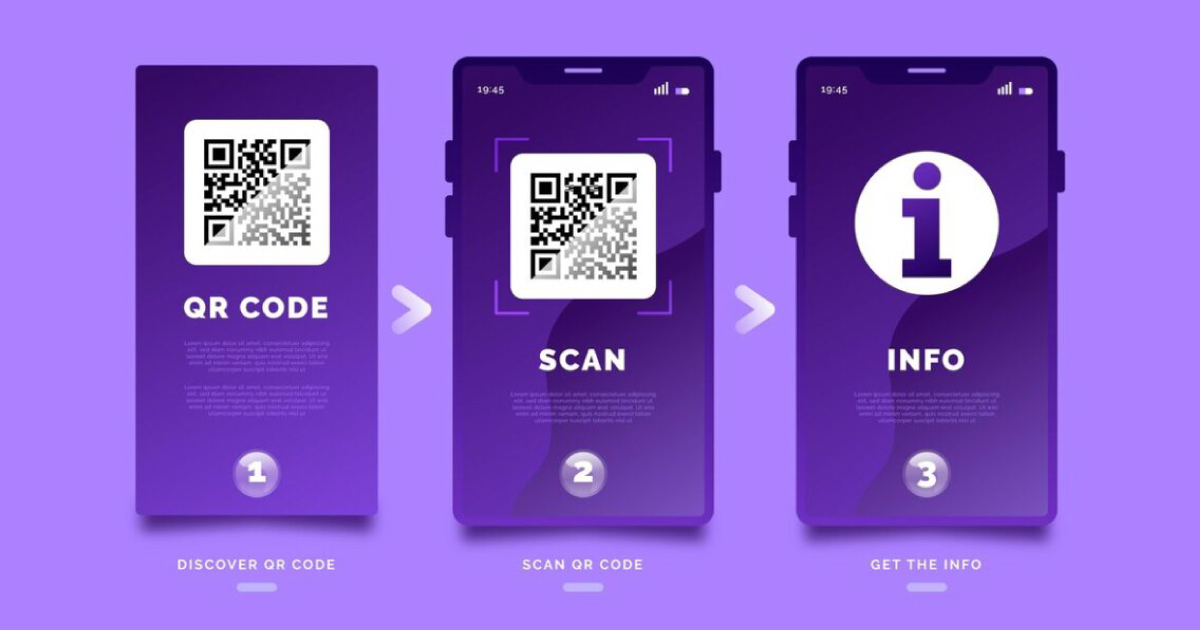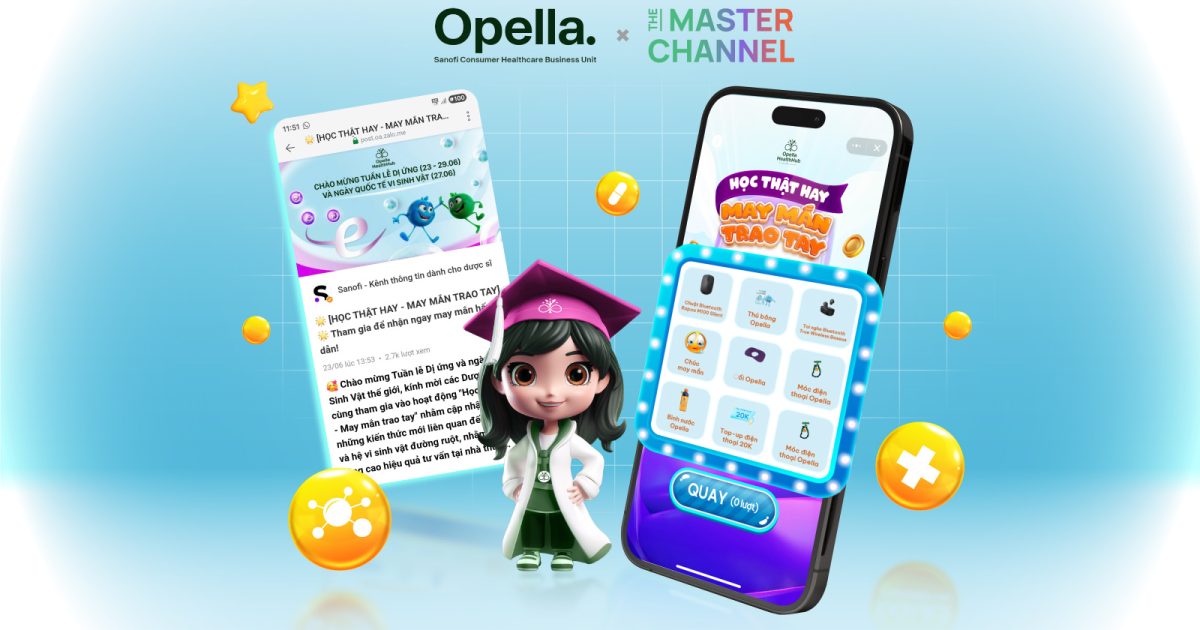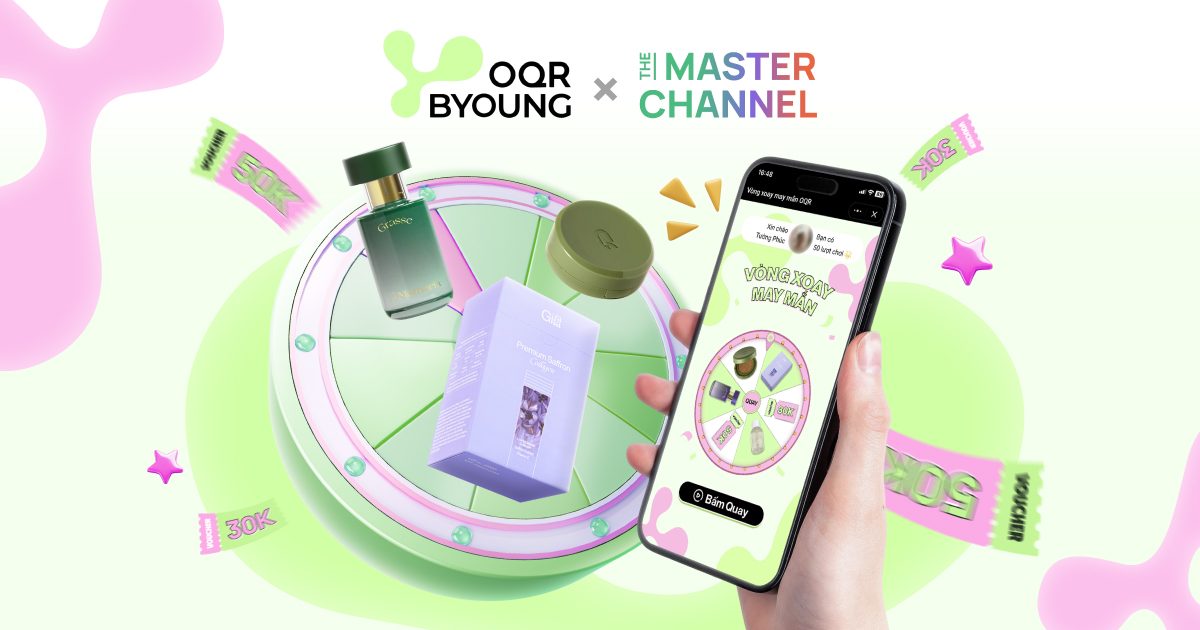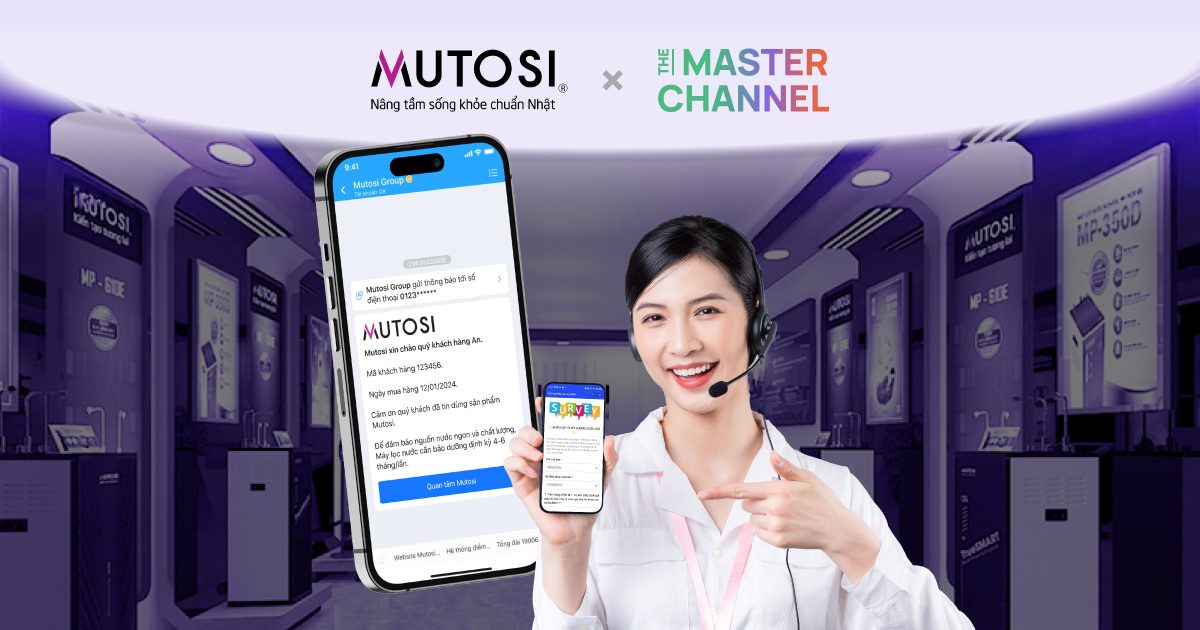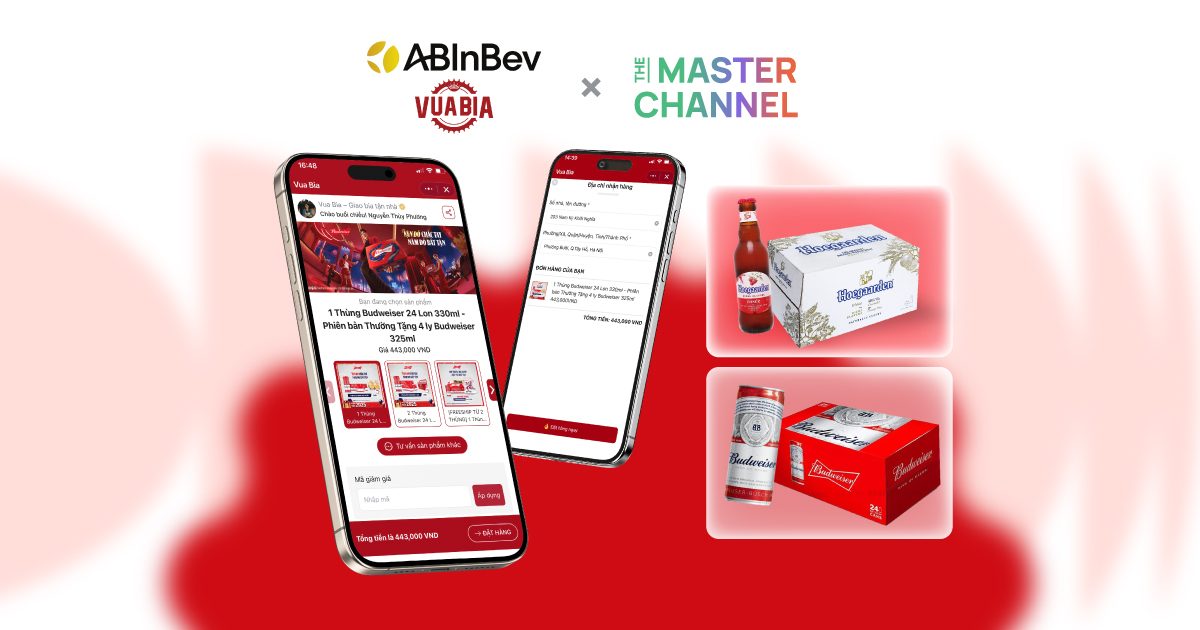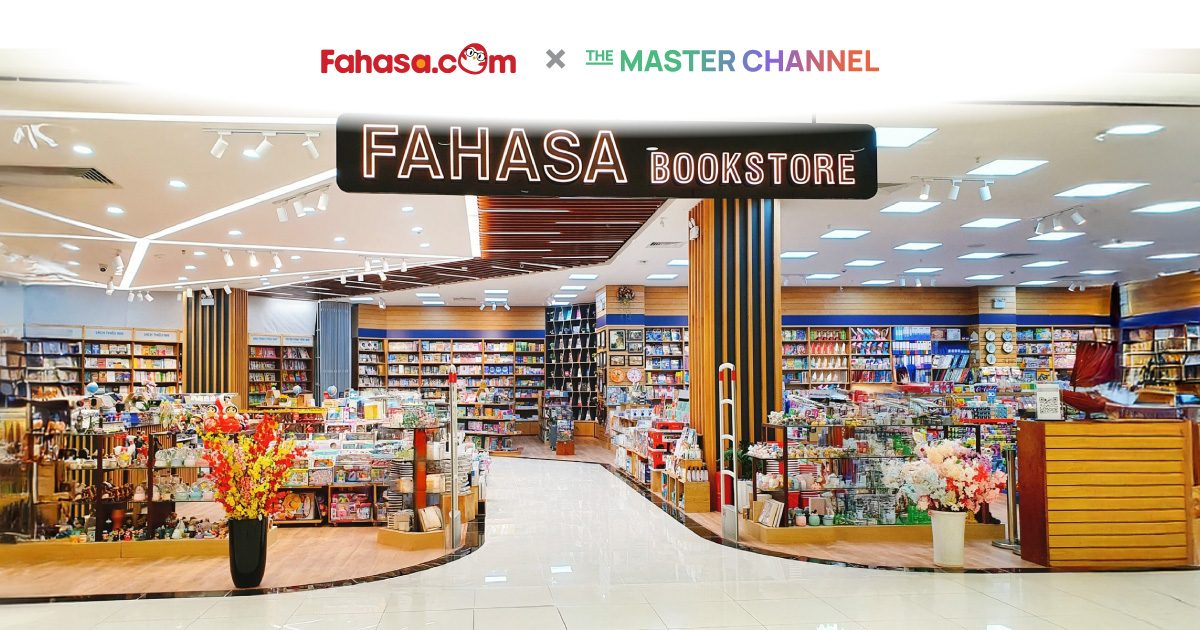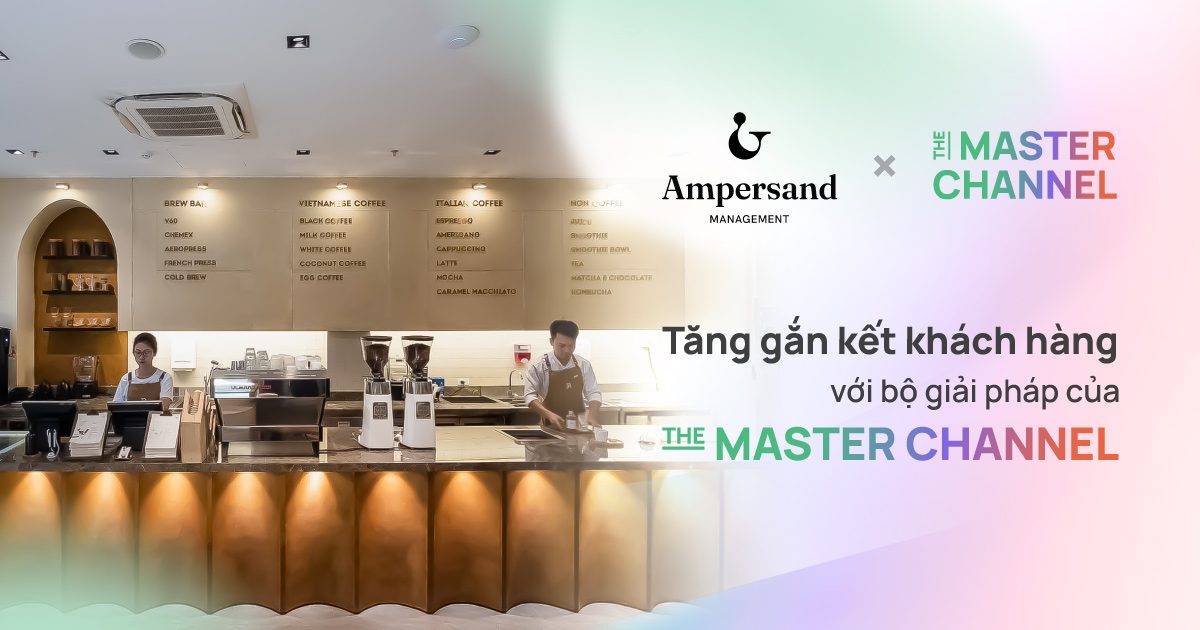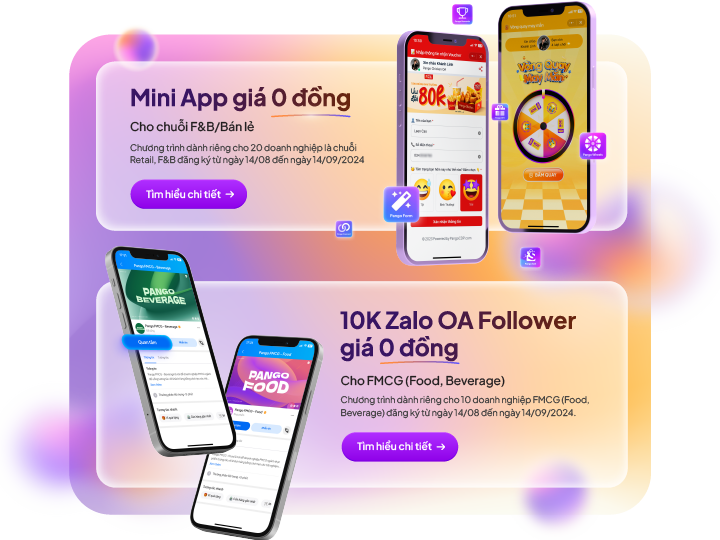Using QR codes to combat counterfeit products is a method that many businesses have implemented. However, there are still significant vulnerabilities in the printing and encryption of these anti-counterfeit QR codes.
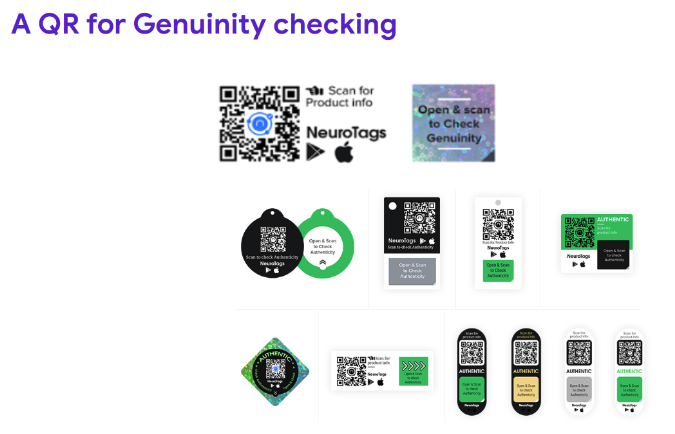
For products that are already present and established in the market, counterfeit issues are almost inevitable for any business. Counterfeit products can be sold at much lower prices and, more importantly, they can pose serious health risks to customers.
Businesses have long utilized anti-counterfeiting label solutions, such as holographic stickers or color stickers. Another common type is the tamper-evident label, which, once the customer opens the package, cannot be returned to its original state.
In this part, we will not delve deeply into various forms of anti-counterfeiting using different types of labels. Instead, we will focus solely on the option of using a unique QR code on each product for anti-counterfeiting purposes.
Prevent counterfeiting with a unique QR code on each product
With diverse applications and the potential to integrate with promotions and point accumulation, the unique QR code on each product can also be used to prevent counterfeiting.
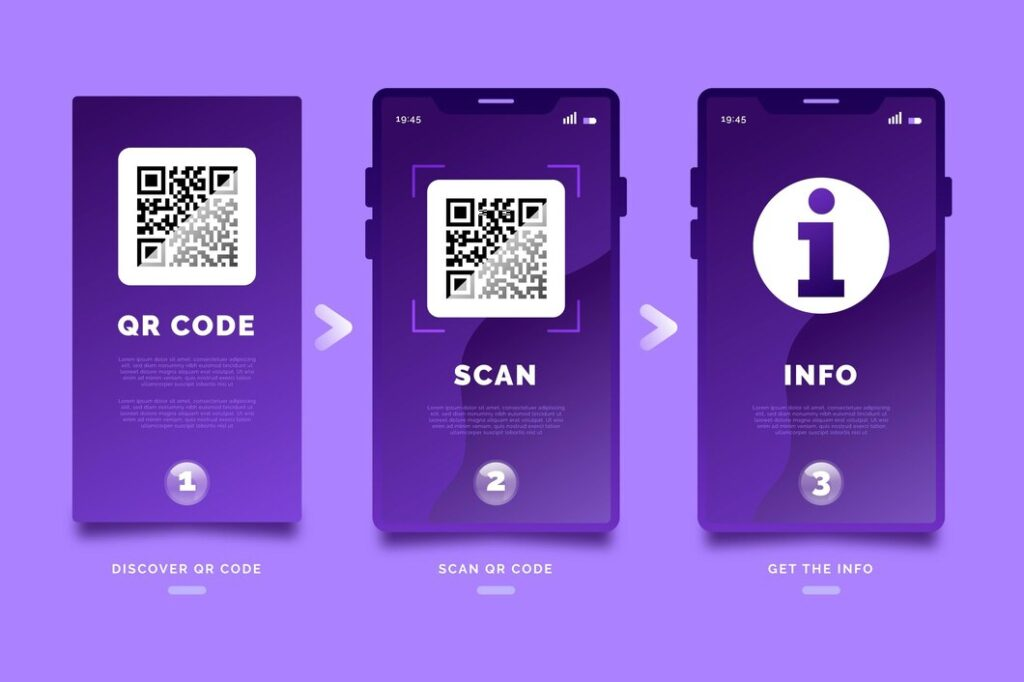
When customers want to verify the authenticity of a purchased product, they can scratch or peel off the silver coating affixed to the product. Using their phone’s camera or a QR code scanning application, they can access the warranty information embedded in the QR code by the manufacturer. Each QR code can only be scanned once, so counterfeiters will not try to copy the scanned QR code because it has no further verification value.
The utilization of unique QR codes to prevent counterfeiting often integrates with loyalty point accumulation or promotional programs. Customers can combine to earn points while also verifying the authenticity of their products.
In promotions or point accumulation processes, customers often have to enter personal information—at least a phone number. In case you just want to check whether the product is real or fake, after scanning, verification information from the manufacturer will confirm the product is genuine, and the next step will require customers to enter personal information to accumulate points.
Confusion about anti-counterfeiting capabilities
Some businesses are often confused about the fact that QR codes that are exposed outside and not covered by a silver coating can also be used for anti-counterfeiting. However, this is the wrong method because counterfeiters can copy the QR code on real products and paste it on fake products.
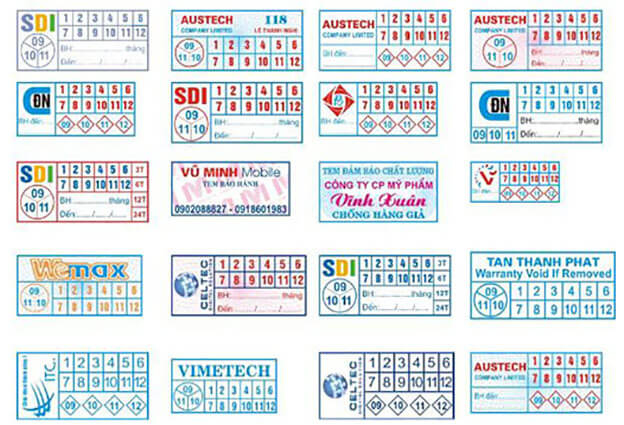
The ideal combination would be box-closed sealing products with either silver-coated QR codes attached to the outside of the box or QR codes printed on the box or inside the packaging.
The above-mentioned extra anti-counterfeiting advantages of QR codes attached to each product come from their uniqueness and enhanced capacity to be activated just once.

